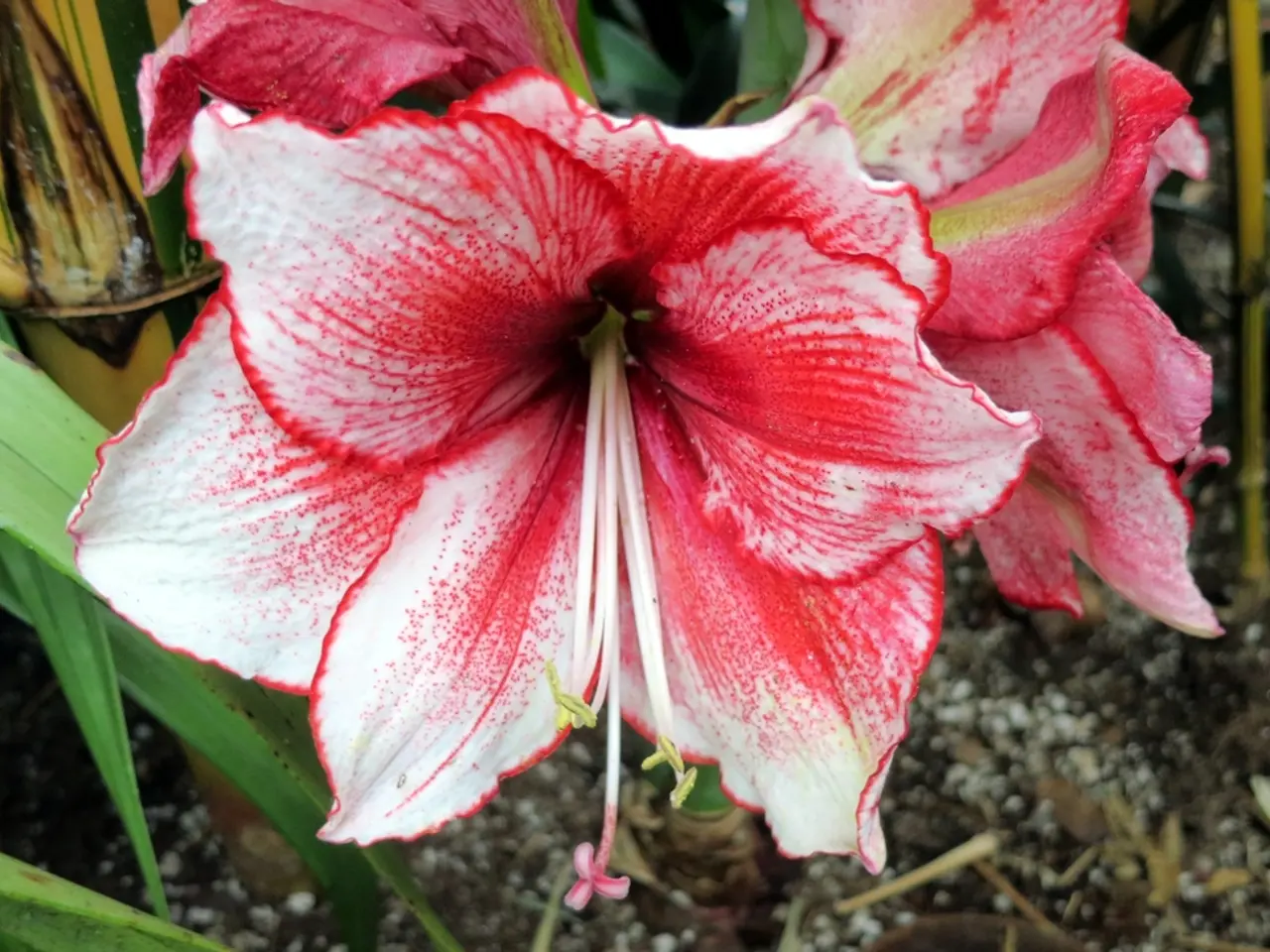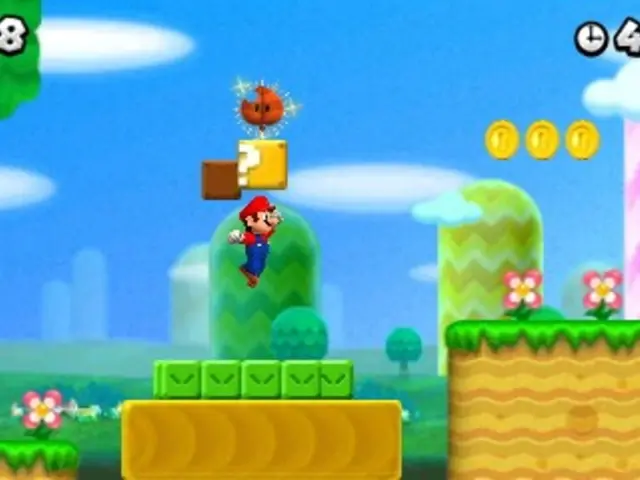Cultivating Success despite Poor Soil: Suggestions on What to Grow and Timing
In the world of gardening, not all soils are created equal. Some soils are rich and fertile, while others are poor, dry, or rocky. But fear not, for there are several plants that thrive in these challenging conditions. Here are some of them:
Butterflyweed (Asclepias tuberosa) prefers full sun and well-drained sandy or rocky soil. This drought-resistant plant stores water and nutrients in its large taproot, making it an ideal choice for dry, poor, and clay soils.
False Indigo (Baptisia spp.), being a legume, can improve soil fertility over time through nitrogen fixation. It thrives in full sun to partial sun and poor soil conditions, requiring minimal maintenance and moderate to low watering.
Juniper is a versatile plant that grows well in a wide range of soils, from gravel to coastal soils, which are often poor or barren. It prefers full sun and is very drought-tolerant and pest-resistant.
Feather Reed Grass, an ornamental grass, is low-maintenance and drought tolerant, thriving in various weather and soil conditions, including both wet and dry soils and poor quality soil without fertilizer.
These plants collectively show adaptability to poor, dry, or rocky soils, with preferences generally leaning toward well-drained conditions except for some like feather reed grass that also tolerate wetter soils. Their drought tolerance also makes them suitable for challenging garden conditions.
Other plants that love poor soil include:
- Coneflower (Echinacea purpurea), a prairie plant known for its cone-shaped flowers that bloom in summer, is tolerant of drought and thrives in poor, dry soils.
- Aster (Symphyotrichum spp.), a fall-blooming perennial, produces daisy-like flowers in shades of white, pink, blue, and purple. It can grow in clay soil if amended with organic matter.
- Black-Eyed Susan (Rudbeckia hirta), a perennial that is excellent for stabilizing soil and preventing nutrient loss due to erosion, thrives in poor soils and can tolerate drought-like conditions.
- Dandelion, a dynamic accumulator, pulls up valuable nutrients from below the soil surface.
- Russian Sage ('Denim 'n Lace' Perovskia spp.), a woody perennial with silvery foliage and lavender-blue flower spikes, is tolerant of clay soil as long as there is adequate drainage.
- Black-eyed Susan (Rudbeckia hirta), a perennial that is excellent for stabilizing soil and preventing nutrient loss due to erosion, thrives in poor soils and can tolerate drought-like conditions.
- Lavender can grow in almost all conditions.
- Magnolia (Magnolia spp.), a popular landscape tree, prefers acidic soil with good drainage and is adaptable to different soils, including clay.
In addition to these plants, there are others that help improve soil quality. For instance, Fava beans are nitrogen-fixing and protect the soil, suppress weeds, and provide a delicious edible bean. Nettle accumulates nutrients in the soil and brings them closer to the rhizome for better absorption. Dandelion is a dynamic accumulator, pulling up valuable nutrients from below the soil surface.
However, there are plants that do not thrive in poor soil conditions. For example, Hydroponic lettuce cannot grow in soil.
In conclusion, whether you have poor, dry, or rocky soil, there are plants that can thrive in these conditions. With a bit of planning and the right choices, you can have a beautiful and flourishing garden.
- The versatile plant Lavender can grow in almost all conditions, making it suitable for home-and-garden settings with poor soil health.
- In contrast, Hydroponic lettuce cannot grow in soil, requiring alternative growing methods for those dealing with challenging home-and-garden soil conditions.








